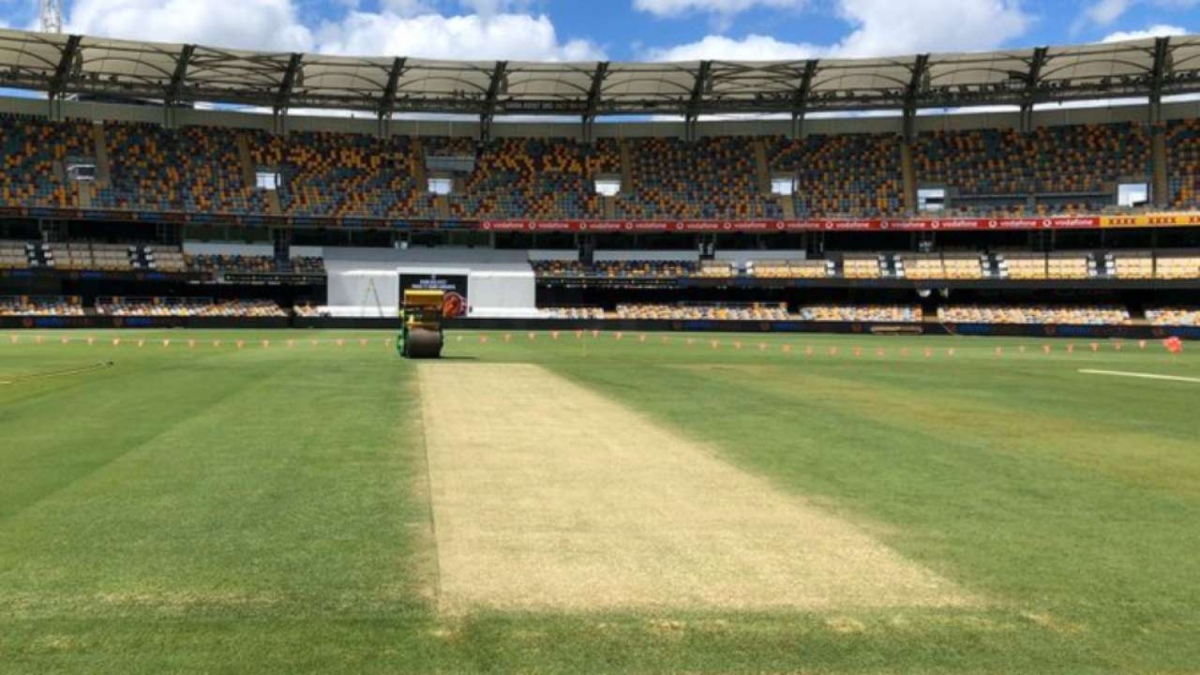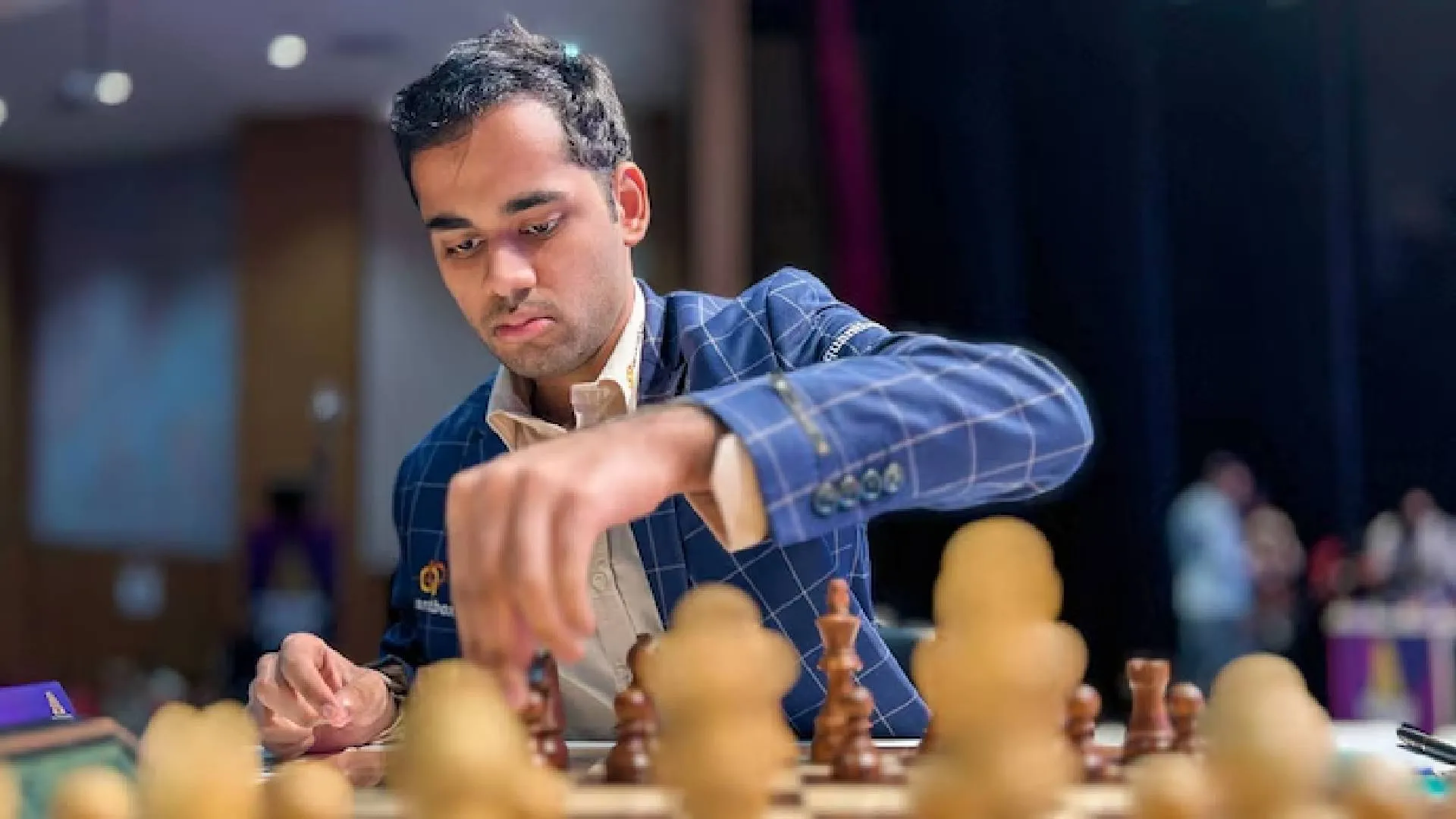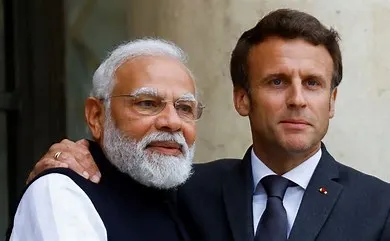A reinvented Johnny Bairstow, a rejuvenated Ben Stokes and a resurgent Joe Root. Not the best adjectives to read if you are Team India’s biggest fan. No running away from the truth though. England have rediscovered themselves in Test cricket and how. They have literally ‘ignited’ Test cricket with a fearless batting approach over the last three tests against quality opposition.
Just imagine. New Zealand’s Daryl Mitchell scores a stunning 538 runs in the series to finish 142 runs ahead of the second-best Joe Root (396 runs). And then, Trent Boult finishes with 16 wickets to emerge the highest wicket-taker in the series. So, most runs and most wickets from a team that gets swept 3-0 in a series. I really cannot think of the last time this happened.



Yes, New Zealand played very good cricket through the English summer, yet it was those ‘defining’ moments that England picked which made all the difference. England chased down big totals in the fourth innings on all three occasions. To add significance, these three chases figure among the 12 best Test chases on English soil since Test cricket started way back in 1877.
While English fans are rejoicing the resurgence, Indian fans are quietly wondering what’s going on as a very different England are calling the mental shots with just two days left for the commencement of the last test. It is pertinent to remember that the fifth Test of the series was called off last year after players complained of the bubble fatigue due to Covid-induced restrictions.
SO, WHAT’S CHANGED FOR ENGLAND SINCE 2021?
It’s now ten months since India thrashed England by 157 runs at The Oval to take a 2-1lead and since then, England cricket went on an alarming downward spiral before a dramatic comeback in the last one month. England were mauled by the Aussies in the Ashes down under and even beaten by the West Indies. The successive series failures led to captaincy changes and the mantle was handed over to Ben Stokes just before the New Zealand series. The stylish southpaw returned to his batting form and also lifted his side as a unit in the series against the Kiwis.
It all started in the first Test at Lord’s when New Zealand looked set to puncture Ben Stokes in his captaincy debut, but when the former and the current captain combined for England, it not only took them to victory, but also set the tone for a new beginning. From 69-4, England powered to 279/5 to win the Lord’s Test in emphatic fashion.
Quite dramatically, similar comeback stories unfolded in the second as well as the third Test. If anything, the stories were even better.
New Zealand competed and even dominated the three Tests for major periods but still finished 0-3 in the final analysis. Bairstow and Stokes had a telling impact on the opposition. While Stokes scored 194 runs at 48.8, Bairstow scored 394 at nearly 80 per inning. Interestingly, Bairstow’s strike rate was a T20-like 120.12.
Not one bowler in the Kiwi camp had any clue about how to go about taming the onslaught. They just let it happen. And that’s the big warning sign for India.
Indian bowlers have reasonable similarity with New Zealand and therefore, the biggest challenge facing the Indian thinktank right now is not how the batters can handle the moving ball, but how to bowl to the dangerous Bairstow, Root and Stokes.
Considering that India last played a Test match nearly four months ago and that too against Sri Lanka at home, the team can be termed as ‘fresh, yet rusty’. India’s last Test in overseas conditions was back in January when South Africa edged past Virat Kohli’s side by chasing down tricky totals easily in the second and third Tests. So, in that sense, India have not necessarily been great fourth innings defenders in recent memory. And that’s where the worry lies.
CREEPING UP
During the series against New Zealand, England’s run rate kept creeping up throughout the series, especially while chasing in the final inning.
Given the momentum, it is quite possible England will continue with their aggressive batting strategy in the upcoming Test. The big challenge for India is to check the English juggernaut. How does one go about taming a free-flowing batter?
Back in 2015, the legendary Michael Holding had said in a conversation with The Cricket Monthly, “You are not going to lose a Test match in one over. Because you are playing so much limited-overs cricket, bowlers go into the Test matches thinking something has to happen every ball.”
Extremely important point by the ‘Whispering Death’. New Zealand lost the plot because of this very reason. How can India avoid repeating the mistakes committed by New Zealand? Here are four ways India can tame the resurgent English batters:
FRUSTRATE BAIRSTOW
Bowling consistently back of length with a strong offside field could cut the free-flowing nature of Bairstow. He has often shown his weakness of playing away from his body and that opens up the chance of chopping the ball back on to his stumps.
DO NOT BOWL SHORT
Edgbaston is known for shorter boundaries straight. Remember Virat Kohli’s complaint during the India-England 2019 World Cup fixture? One of the boundaries measured a measly 59 metres and I don’t want to elaborate on Kohli’s reaction. I shall leave it to your imagination. On a serious note, with moderate boundary lengths, bowling short may not be the best option against the in-form batters at this venue.
FIRST 10 BALLS
It’s no rocket science that every batter takes at least 10 to 15 balls to settle down, which is their most vulnerable period. For a bowling side, this is their golden chance. India should take time, set proper fields and bowl to a plan. If rushed through, the ‘first 10 balls’ will become a wasted opportunity.
X-FACTOR
My mind goes back to the Shaun Marsh dismissal by Jasprit Bumrah in Dec 2018. Last ball before lunch, Bumrah, to the surprise of one and all, used a slow yorker to flummox Marsh and for me, that was the X-factor. Just wow. Can India think of an X-factor for this match too?
BOWLING TRIO
Jasprit Bumrah and Md. Shami are certain to start in the Playing XI. The third bowler is a toss up between the fiery Md. Siraj and the unpredictable Umesh Yadav. Bumrah and Shami looked in prime Test form in the warm-up fixture. With bowlers injury-free right now, India should be in a position to play a strong bowling unit.
WILL INDIA RISK BATTING LAST?
Historically, batting last in English conditions was not considered an option by too many captains, but with pitches playing relatively easier in the last innings lately, captains are increasingly inclined to chase. England made short work of New Zealand in the three chases in the last three Tests. If they bat last, will they continue the dream run or will the team run out of luck? Should India use the traditional approach of win the toss, bat first and put up a handy score before putting the opposition under the weather? Tough calls to take for Dravid & Co.
WHAT’S AT STAKE?
Loss against South Africa earlier this year pegged back India’s chances in the World Test Championship for the ongoing cycle. But, resounding wins at home brought India back into the reckoning. India are currently placed third with 58.5 PCT (Percentage of points). If India can win this match and also beat Australia at home in a commanding fashion early next year, the men in blue should be back in the hunt for a top-2 finish and a chance to play the final for the second time in two attempts. Now, that will be a stunning feat, but for that to happen mini milestones need to be accomplished, the first of them all beginning at Edgbaston this Friday.
It will be the first series win for India in England in 15 years if they win or draw at Birmingham. Ironically, the last time India won a series in England was in 2007 when Rahul Dravid was the captain.
Rajesh Viswanathan was a sports Commentator at Zee Sports and a former Managing Editor (Sports) at Microsoft.























